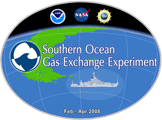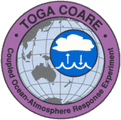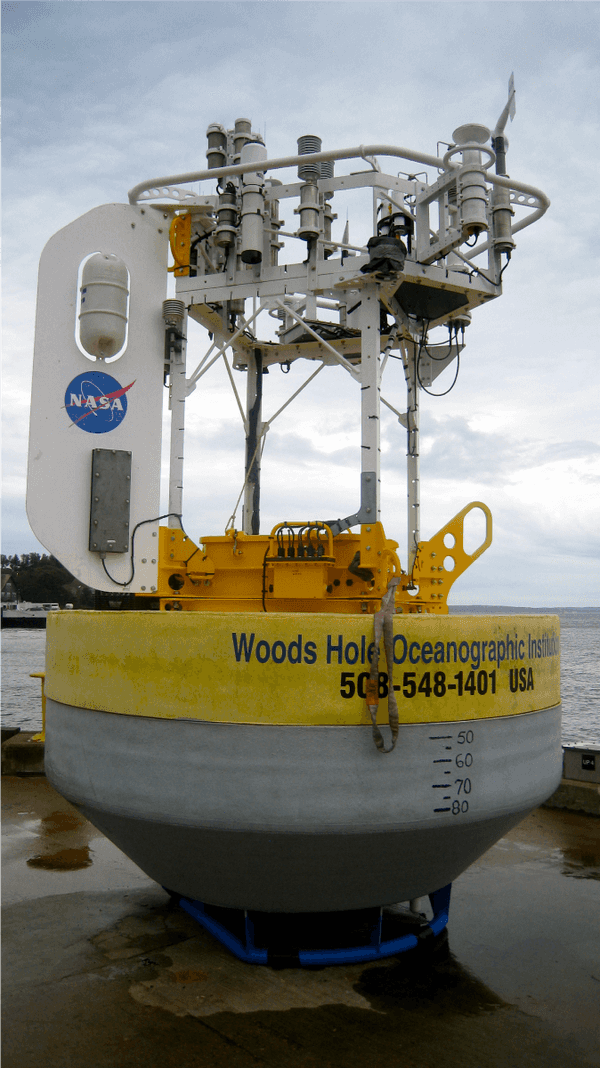
Overview
Moored buoys are anchored to the seabed to gather observations at a fixed location. They provide continuous data on oceanographic and meteorological parameters for forecasting, maritime safety, and research. They can measure surface and subsurface data down to depths of 500 meters. They tend to be relatively costly and large, typically measuring between 2 and 12 meters tall.
Related Campaigns & Instruments
Review the instruments operated on this platform for each of these field campaigns

Southern Ocean Gas Exchange Experiment
| 2008-02-29 | 2008-04-12 |

Tropical Ocean Global Atmosphere - Coupled Ocean Atmosphere Response Experiment
| 1992-11-01 | 1993-02-28 |

Oceans Melting Greenland
| 2021-04-21 | 2021-04-29 |
| 2017-08-22 | 2017-10-23 |
| 2018-08-02 | 2018-09-11 |
| 2019-08-12 | 2019-09-05 |
| 2015-07-25 | 2015-09-21 |
| 2020-03-27 | 2020-04-15 |
| 2020-08-16 | 2020-09-12 |
| 2021-08-11 | 2021-09-16 |
| 2017-03-11 | 2017-03-22 |
| 2018-03-06 | 2018-03-20 |
| 2019-03-05 | 2019-04-16 |
| 2016-09-07 | 2016-10-10 |
| 2016-03-20 | 2016-05-28 |
| 2016-07-05 | 2016-08-16 |
Central Equatorial Pacific Experiment
| 1993-03-05 | 1993-04-07 |
Salinity Processes in the Upper Ocean Regional Study
| 2012-08-16 | 2013-10-13 |
| 2016-08-13 | 2017-11-17 |
Salinity Processes in the Upper Ocean Regional Study
| 2012-08-16 | 2013-10-13 |
| 2016-08-13 | 2017-11-17 |
Convection and Precipitation/Electrification Experiment
| 1991-07-08 | 1991-08-18 |
Atlantic Tradewind Ocean-Atmosphere Mesoscale Interaction Campaign
| 2020-01-07 | 2020-02-13 |
Filter data products from this platform by specific campaigns, instruments, or formats.
